What did the artists and planners intend?
Part of the Addressing the Statue exhibition.
Even in early sketches, the sculpture always depicted Roosevelt on a horse, with pistols and hunting gear, a picture of strength and vigor. But why the two other men were included is unclear.
With their impassive faces and rifles at their sides, the African and Native figures are unnamed. They are seemingly not individuals at all, but symbols. Yet, symbols of what?
The architect of the memorial specified a “heroic group” of three men, while other sources at the time describe the two men with Roosevelt as gun bearers. The sculptor wrote that the two men were guides and could be seen to stand for “Roosevelt’s friendliness to all races.” The meaning of these figures is complicated and hard to untangle.
What the Commission Wanted
The Roosevelt Memorial Commission was established in 1920, one year after Theodore Roosevelt’s death, by the New York State Legislature.
AMNH Library
The Board of Trustees of the New York State Roosevelt Memorial wrote that “This Memorial is intended to express Roosevelt’s life as a nature lover, naturalist, explorer and author of works of natural history.”
What the Architect Said
John Russell Pope (1874–1937) was a popular American architect who designed a number of museums and memorials, most notably the Jefferson Memorial and the West Building of the National Gallery of Art, both in Washington, D.C.
Pope trained in Rome and Paris and drew inspiration from the architecture of ancient Greece and Rome for many of his buildings, including the Roosevelt Memorial.
“In the center of the terrace…will arise a polished granite pedestal bearing an equestrian statue of Roosevelt with two accompanying figures on foot, one representing the American Indian and the other the primitive African. This heroic group…will symbolize the fearless leadership, the explorer, benefactor and educator….”—From a description of the architect’s design approved by the Memorial Commission, 1928
“Pope refers to the figures as a ‘heroic group.’ That’s important. In some criticisms, the standing figures were taken to be lesser than Roosevelt. That was never the intention. They are allegorical figures representing Africa and America, emphasized by the animals on the parapet reliefs.”—Harriet F. Senie, Director, M.A. Art History, Art Museum Studies, The City College of New York
“You can see how these two figures have allegorical meanings relative to Roosevelt. They speak to Roosevelt as an American, as a person who happily goes as a dominating white figure to Africa, as a person who goes and takes advantage of the possibilities that [arise] by Indian land being dispossessed.”
—Philip Deloria (Dakota descent), Professor of History, Harvard University
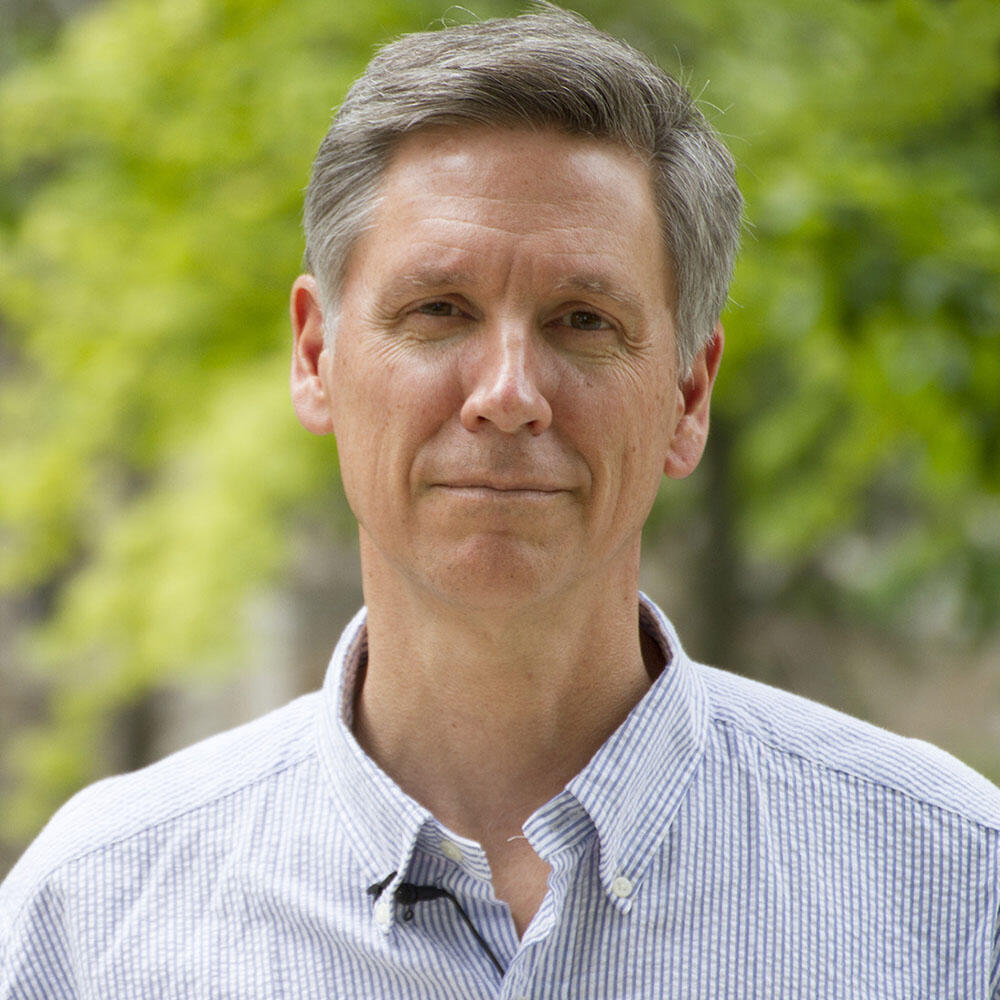 Harvard University
Harvard University
What the Sculptor Said
James Earle Fraser (1876-1953) was a prominent American sculptor who designed numerous public monuments, including a statue of Benjamin Franklin and a bust of Roosevelt that still sits in the Senate.
Fraser often drew inspiration from classical European sculptures; the Roosevelt statue is based on a 1495 equestrian statue by Andrea del Verrocchio, admired by both Fraser and architect John Russell Pope.
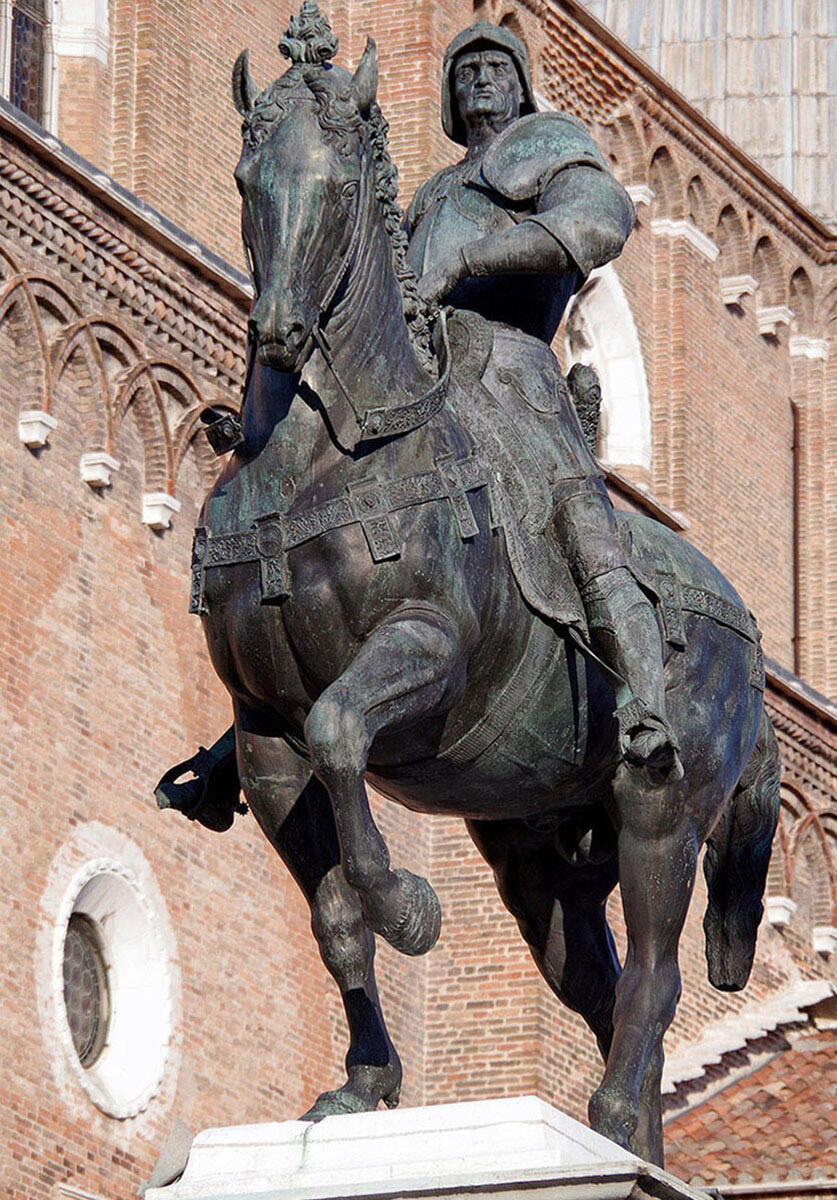 Equestrian statue of Bartolomeo Colleoni by Andrea del Verrocchio, 1495.
Equestrian statue of Bartolomeo Colleoni by Andrea del Verrocchio, 1495.Geoffrey Taunton/Alamy
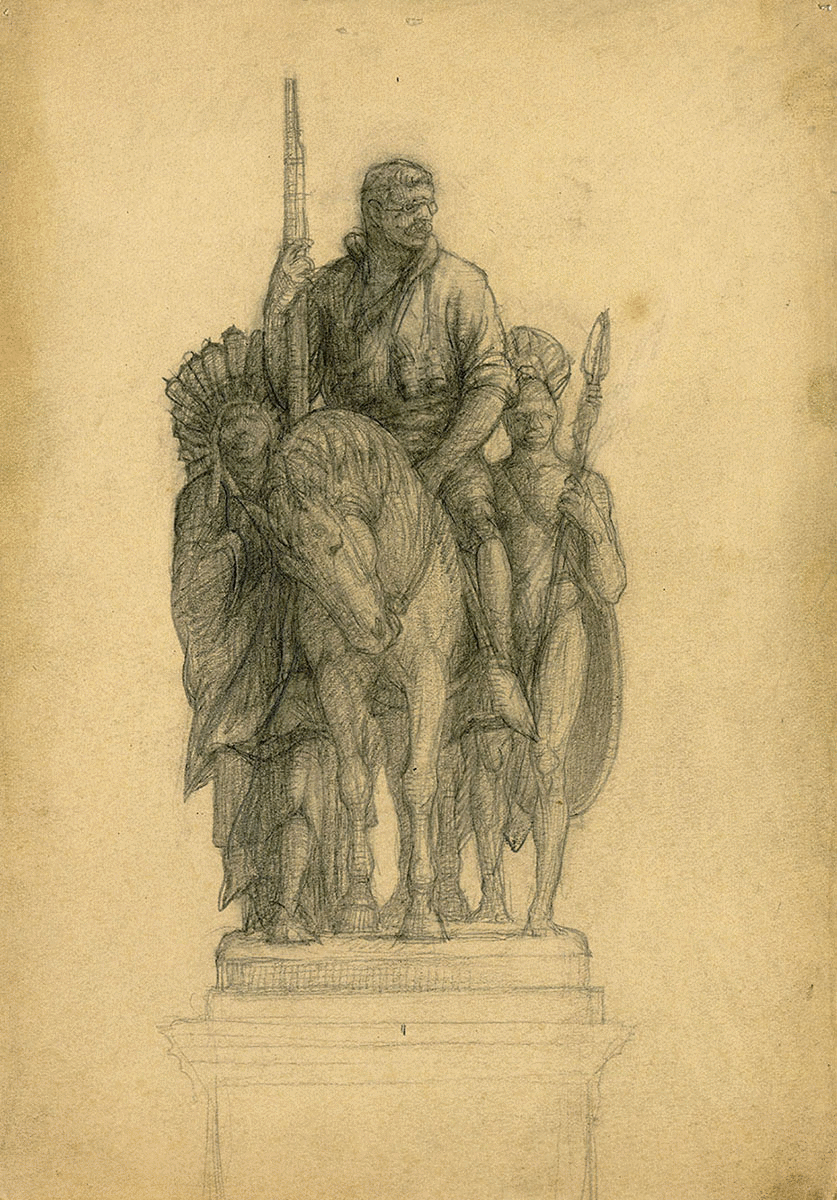 Early sketch of the statue by James Earle Fraser.
Early sketch of the statue by James Earle Fraser.Special Collections Research Center/Syracuse University Libraries
“The two figures at [Roosevelt’s] side are guides symbolizing the continents of Africa and America, and if you choose may stand for Roosevelt’s friendliness to all races.” —Sculptor James Earle Fraser, 1940
“I don't think any educator in New York City would describe Roosevelt as a racial unifier. In fact, quite the opposite. And the portrayal of the superiority of his figure on horseback [with] half-naked African and Native American [men] carrying his rifles on foot is a very stark illustration not of racial unity but of racial hierarchy.”
—Andrew Ross, Director of American Studies Program, New York University
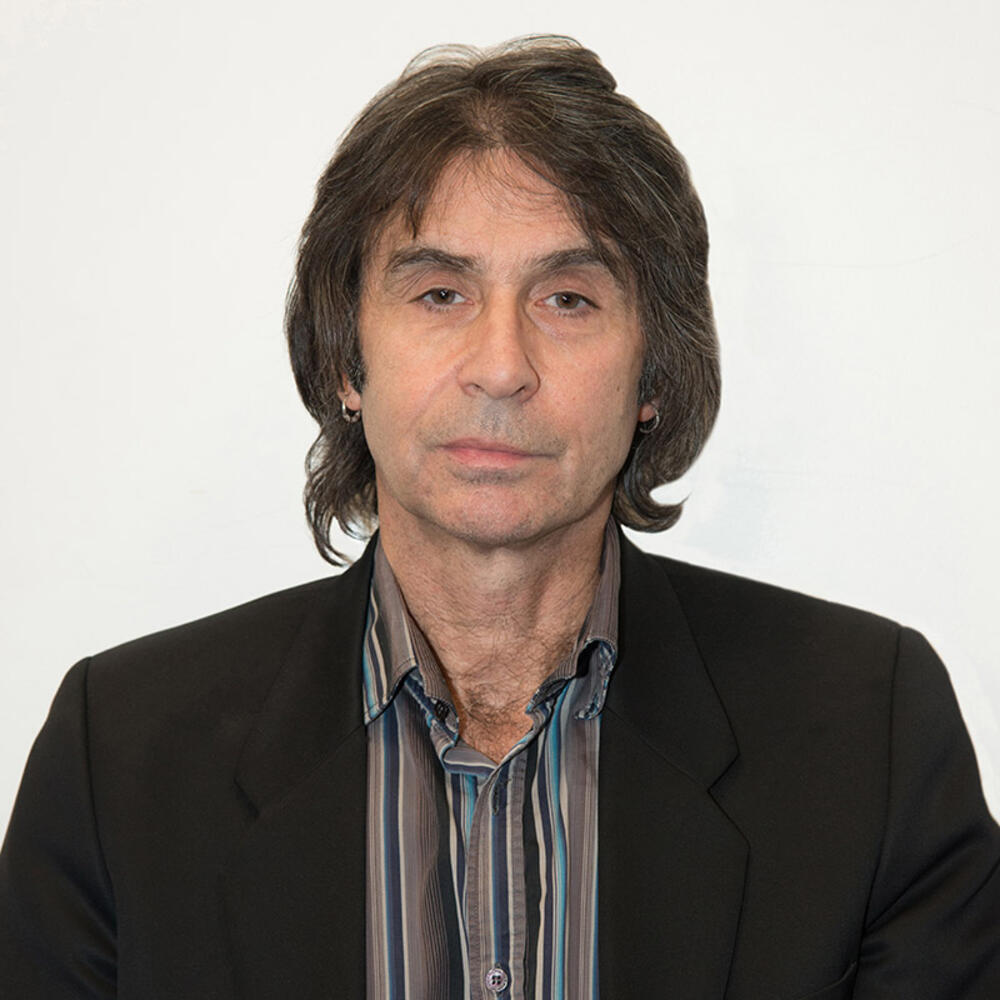 R. Mickens/© AMNH
R. Mickens/© AMNH
“He [Fraser] was part of a whole set of people who were making images of American Indians in the early 20th century. And those Indians were vanishing, they were disappearing, they were mostly already gone, and they could now be commemorated because they were no longer a threat.”
—Philip Deloria (Dakota descent), Professor of History, Harvard University
Shawn Conrad/CC BY SA-3.0
Henry Fairfield Osborn
Henry Fairfield Osborn (1857–1935) was president of the American Museum of Natural History, 1908-1933, and head of the New York State Memorial Commission, 1924–1935.
Osborn was also a prominent figure in the field of eugenics, a now thoroughly discredited idea of selective breeding of humans to eliminate certain traits or races—and advance others. Osborn knew Roosevelt, who himself commented favorably on some aspects of eugenics.
“I think we can safely assume that the monument ended up here as a result of Osborn’s efforts. Roosevelt’s father was a founder of the Museum and Roosevelt himself was very active in terms of providing the Museum with various specimens from his hunts.”
—Harriet F. Senie, Director, M.A. Art History, Art Museum Studies, The City College of New York
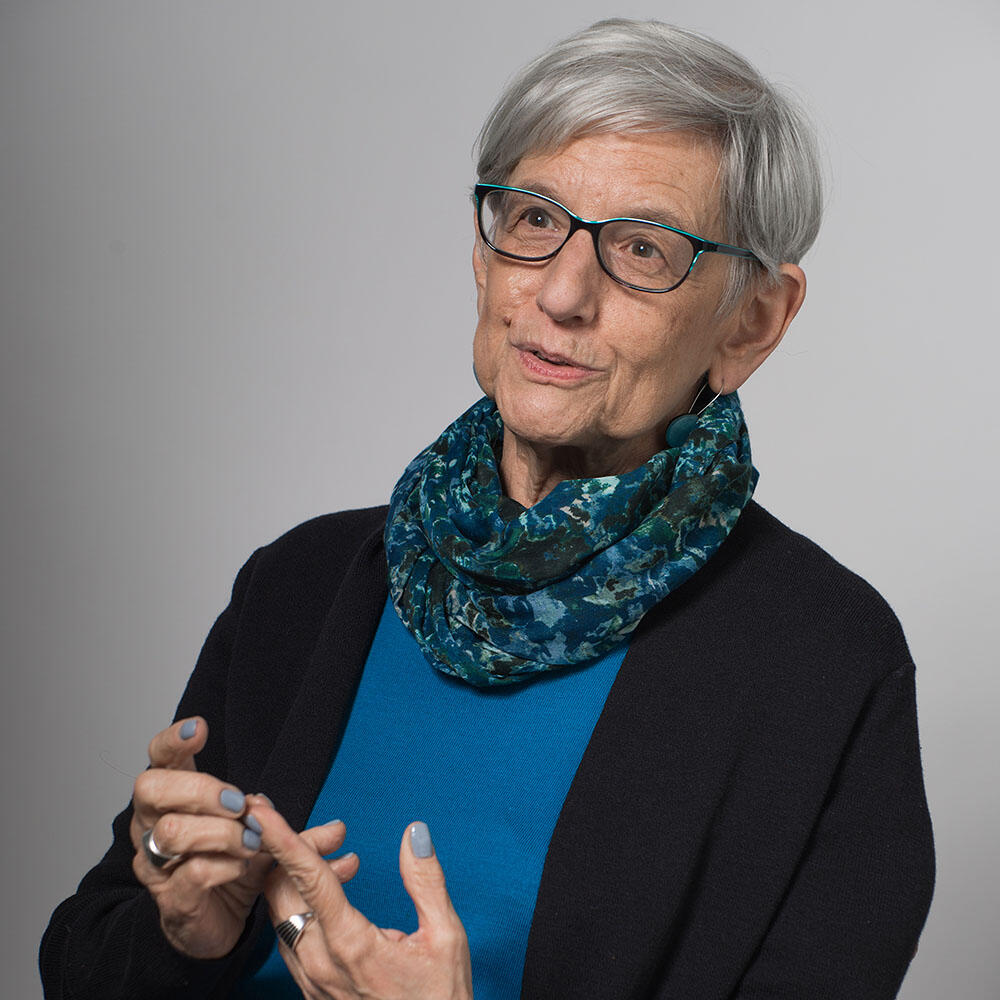 R. Mickens/© AMNH
R. Mickens/© AMNH
Eugenics at the American Museum of Natural History
During Henry Fairfield Osborn’s tenure as president of the Museum from 1908 to 1933, the institution hosted two conferences on eugenics, in 1921 and 1932. Some scientists at the Museum subscribed to the erroneous theories of eugenics, and these ideas influenced the displays at the Museum at that time.
The Book Worm/Alamy